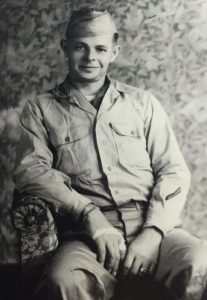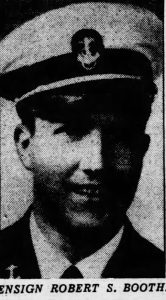Taylor, James Robert
Army Private 1st class
James Robert Taylor, age 21, from District of Columbia.
Service era: Korea
Date of death: Wednesday, October 15, 1952
Death details: On October 14, 1952, as part of Operation SHOWDOWN, members of the 2nd Battalion of the U.S. 31st Infantry Regiment launched an attack against Hill 598, part of the “Triangle Hill Complex” near Kumhwa, South Korea. As the units moved toward the hill, the men faced dug-in Chinese Communist Forces (CCF) positioned in holes and trenches, slowing their advance. As night fell, enemy mortar and artillery fire intensified, and CCF troops counterattacked in overwhelming force. The enemy’s initial assault was beaten back, but successive waves of CCF troops isolated and destroyed sections of the American defenses; in danger of being surrounded and nearly out of ammunition, the men of the 2nd Battalion were ordered to fall back. After regrouping on October 15, members of the 2nd Battalion attacked Hill 598 again and eventually secured it. During this attack, the 2nd Battalion’s Company F followed Company E to the hill’s crest before pushing out to “Pike’s Peak,” the next hill to the northwest, and then turning toward the east to seize “Sandy Ridge.” The 2nd Battalion again met a CCF counter-attack, which they beat back to secure the salient for that day. Twelve members of Company F and four members of Company E were reported killed or missing following this battle. Private First Class James Robert Taylor entered the U.S. Army from the District of Columbia and served in Company E, 2nd Battalion, 31st Infantry Regiment, 7th Infantry Division. He was killed in action during the initial assault on Hill 598 on October 15, 1952, when enemy mortar fire struck the foxhole where he was taking cover. Private First Class Taylor’s body could not be recovered at the time of his loss. He was not identified among remains returned to U.S. custody following the war, and he is still unaccounted-for. Today, Private First Class Taylor is memorialized on the Courts of the Missing at the National Memorial Cemetery of the Pacific.
Source: National Archives

